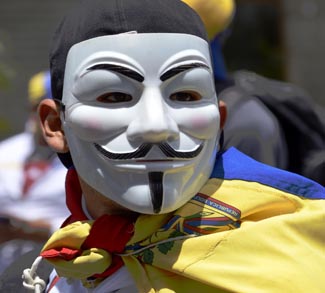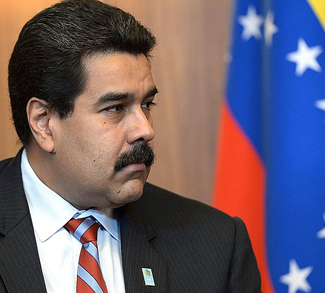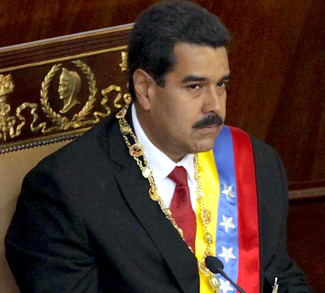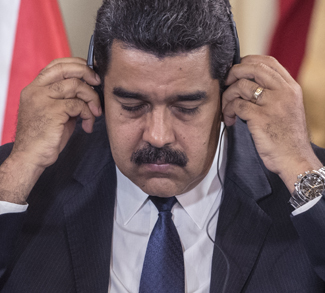Summary
Venezuela is currently in the grips of a serious crisis. It all started with the plunge of global oil prices, which slashed the country’s oil earnings (they account for 95% of total exports) and shut off the fiscal taps fueling the Bolivarian economy’s consumer price controls and its massive government workforce of 2.8 million civil servants (nearly 10% of the national population). Now the economy is in a state of free-fall, with severe shortages of basic goods and medicine, long lineups at grocery stores across the country, an inflation rate of anywhere from 300-700%, and an estimated GDP contraction of 7-9% this year. Debt is also a major concern, with many predicting that the government will only be able to meet its debt obligations through 2016 – and that’s just the best-case scenario.
But the Venezuela crisis not limited to the economic sphere. The ruling Maduro party has dug in its heels against an opposition movement that won a super-majority in parliamentary elections last year. The opposition has now initiated recall proceedings against the president, but the process is heavily weighted in favor of the executive branch and likely to fail.
This combination of a collapsing economy and a government that refuses to go gentle into the night has many wondering: Just how bad can the Venezuela crisis get?




